Invasive bulbs to never plant – 5 flowering bulbs to keep out of your garden and what you should grow instead
While the list of invasive bulbs is small, there are some troublesome species to avoid planting
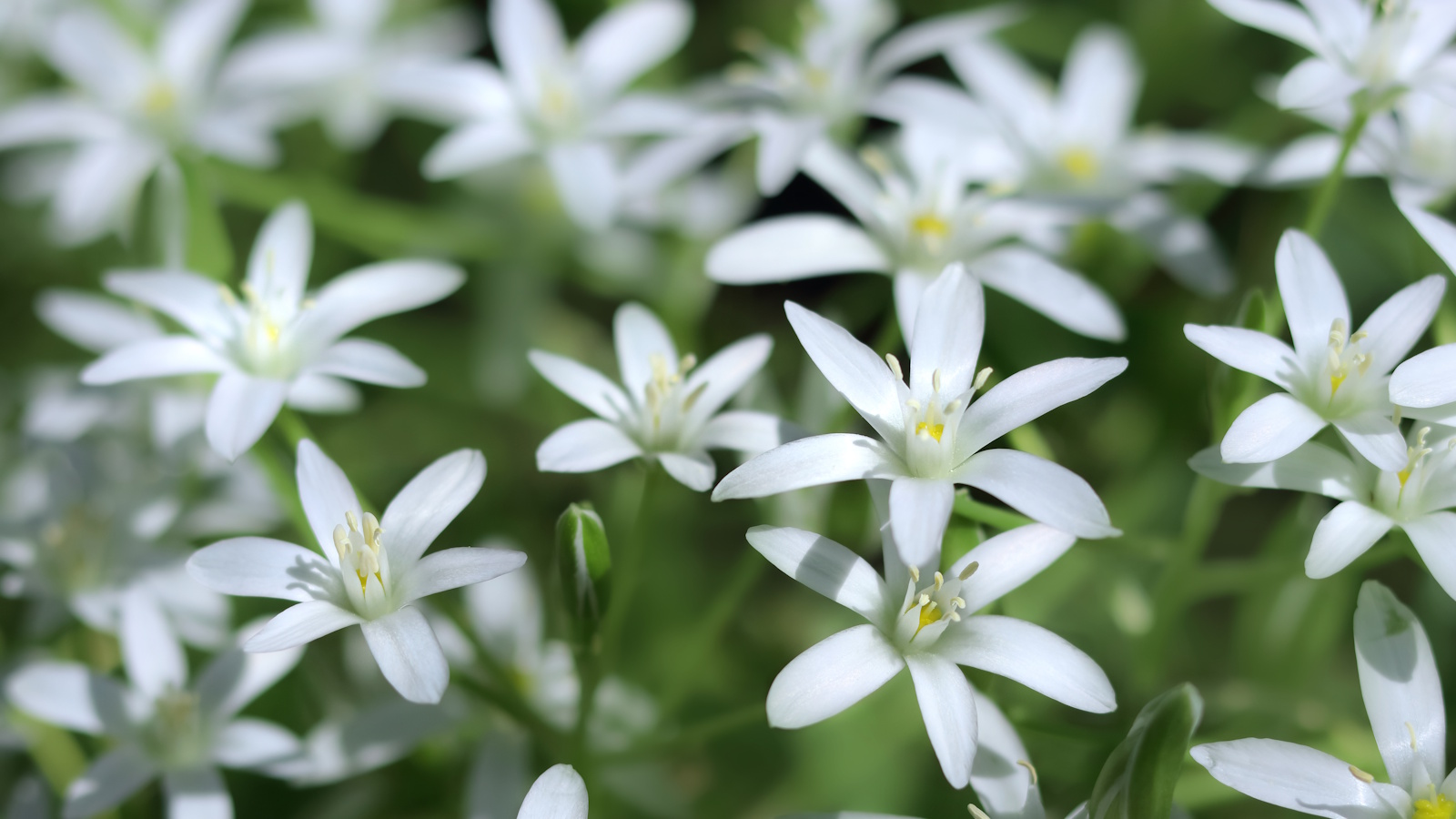

While we might all be fans of tulips, daffodils and hyacinths, prized for bringing color and fragrance to the spring garden, there are a handful of bulbous plants that should be avoided.
Whether you grow in a small urban space or you have a large rural plot, invasive bulbs can prove problematic, out-competing native species and dominating beds and borders and quickly taking over your backyard.
As a former gardener, I have planted tens of thousands of bulbs over my professional career in private and public gardens across the UK and Italy. While the list of invasive bulbs to steer clear of is small, it is important to know what bulbs to never plant in pots and borders, and what to grow instead. Here, I share all I have learned about invasive bulb species to help you make the right choices for your garden.
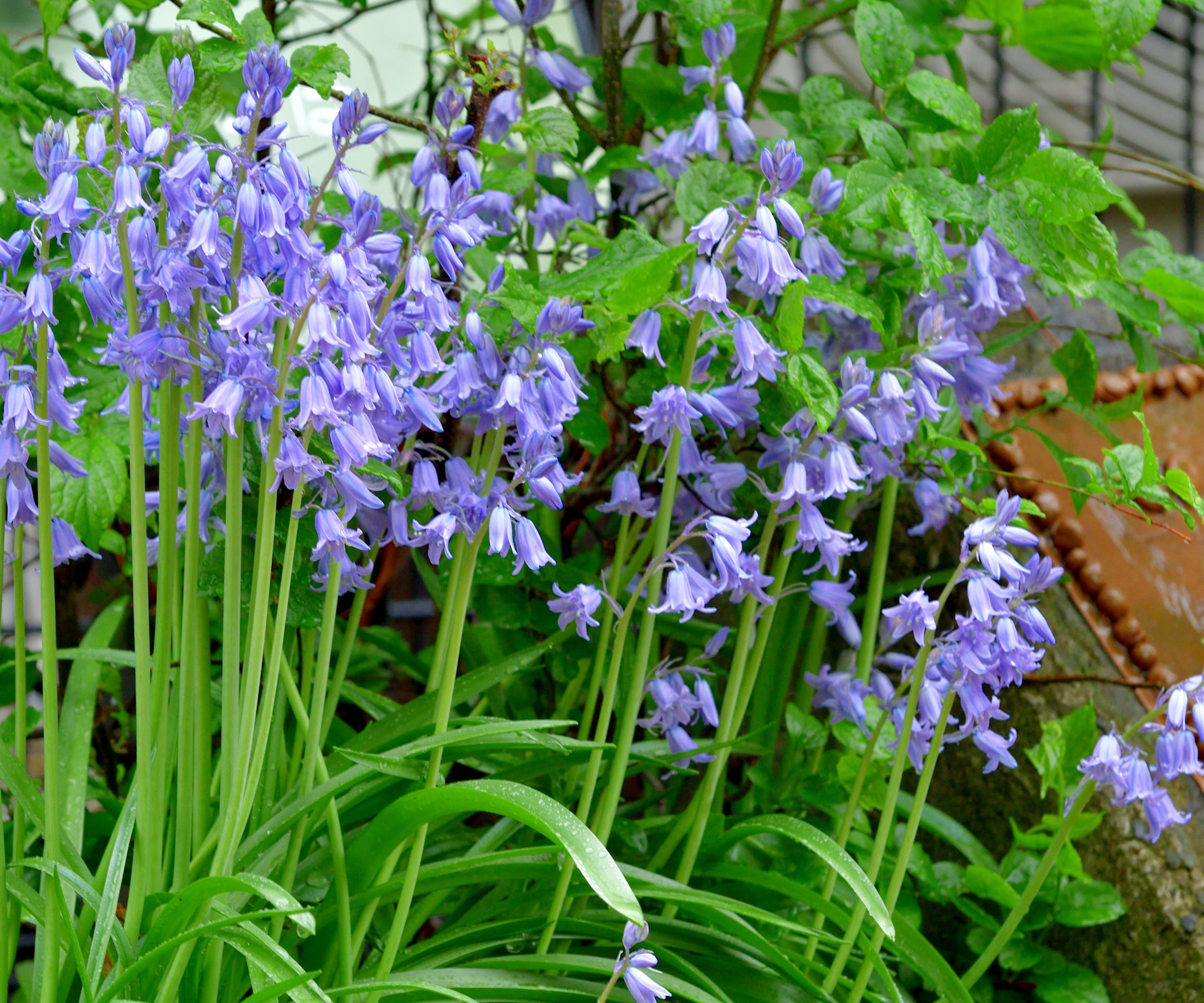
5 invasive bulbs to never plant
Bulb planting typically takes place during fall and winter, and while this will depend on where you live and your US hardiness zone, usually gardeners look to get bulbs in the ground during October, November and December. There are so many wonderful and vibrant bulbs to consider, but beware, there are some invasive plants to avoid. So, avoid making any bulb planting mistakes this year and follow my guide below.
1. Star of Bethlehem
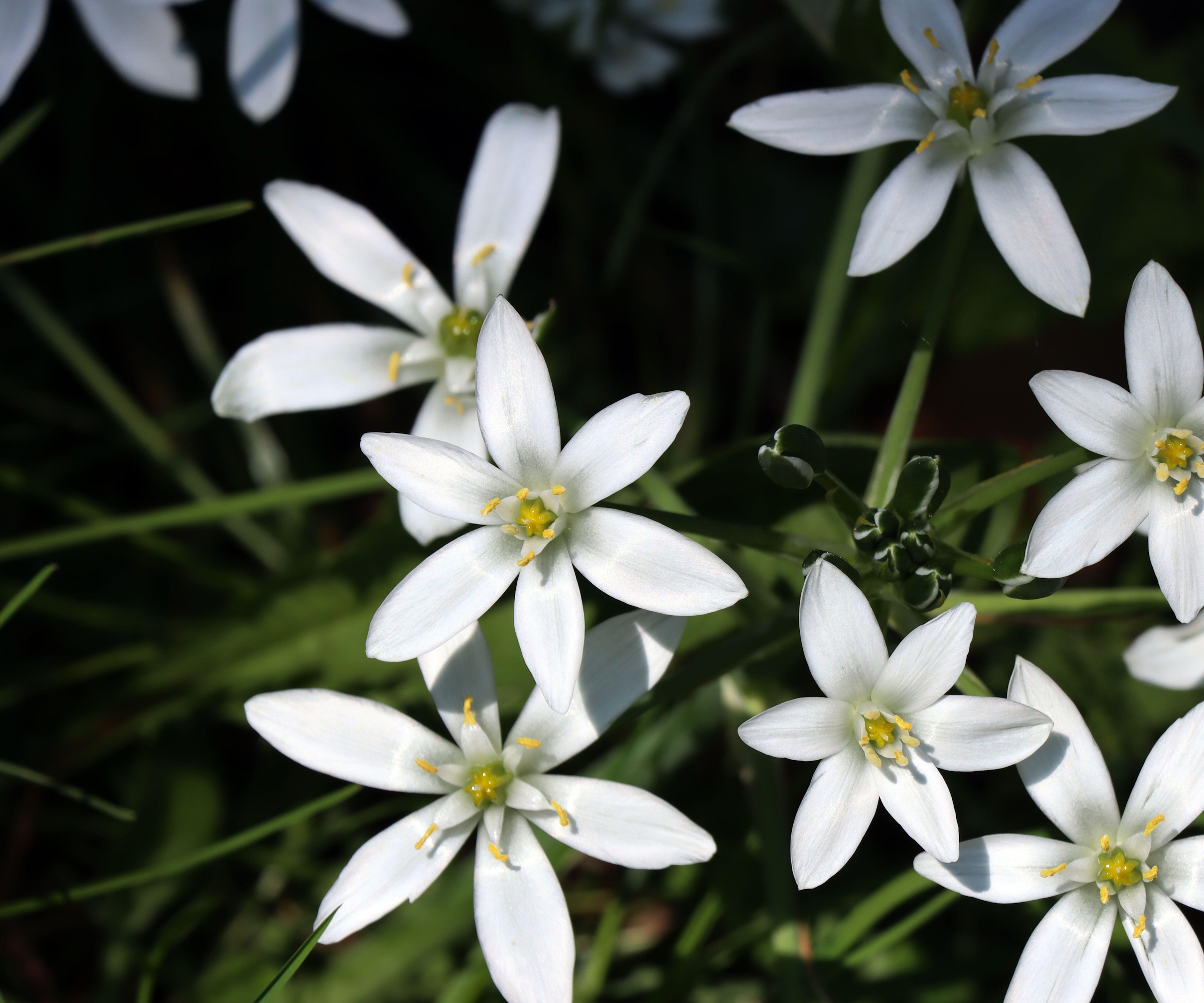
The Star of Bethlehem, or Ornithogalum umbellatum, is an impressive spring bulb with striking white blooms that tend to carpet wooded areas. I have grown this species in the UK and Italy where it has performed well alongside other spring blooms without dominating.
However, in several US states, including Indiana, Kentucky, Maryland and Pennsylvania, the Star of Bethlehem is considered invasive, dominating meadows, prairies and woodland areas and displacing native plants.
Always check with your local government office to ascertain what is classified as invasive in your state, but for the most part in the US, this species should not be planted.
If you are keen on white flowers in your yard, instead consider some of the best snowdrops to grow. You can grow snowdrops from US hardiness zone 3, and remember to plant snowdrop bulbs before December so they put on a good display during winter and spring. Snowdrop bulbs are available from Amazon.
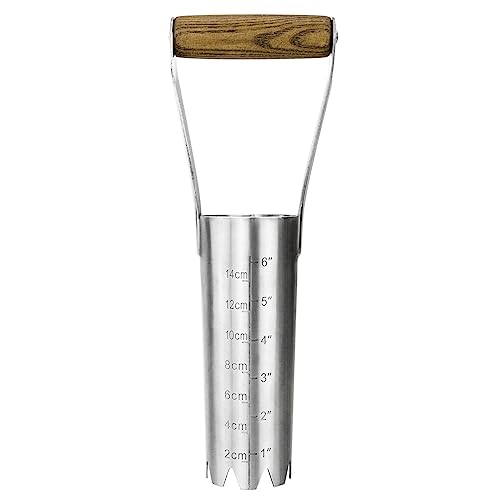
This stylish bulb planter has handy engravings so you avoid planting bulbs too deep or too shallow.
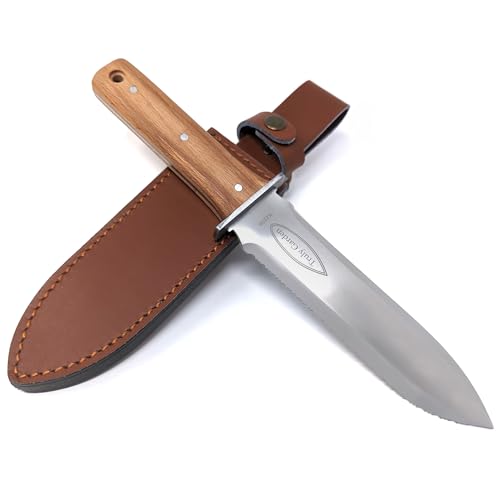
This hori hori knife will be able to remove any weeds or invasive bulbs from your borders thanks to the long, sharp blade.
2. Siberian squill

Siberian squill, or Scilla siberica, may look dainty and delicate, but this bulbous plant can be vigorous. Native to Russia, the Caucasus and Turkey, Siberian squill is incredibly cold-hardy and can become invasive in cool and wet regions.
You can easily spot this plant for it produces vibrant blue flowers in spring. While they might look pretty, this plant has proven problematic across much of the Midwest and is considered invasive in Minnesota and Indiana. While it can be found in nurseries and plant shops, I would advise against planting these invasive bulbs, particularly in areas that are mild and have plenty of rainfall.
Instead, if you are looking for perennial bulbs that will naturalize and return year after year without taking over your yard, consider growing less vigorous Scilla varieties, such as glory of the snow.
Alternatively, why not try growing species tulips, such as Tulipa sylvestris, which has gained attention as part of bulb planting trends over the last few years.
Most, if not all, varieties of species tulips require sun and can be grown from US hardiness zone 3 to zone 7. 'Species tulips are un-hybridized and smaller in size than most modern tulips,' says Vanessa Elms, bulb expert and owner of Old House Gardens in Michigan. 'In the right conditions, species tulips tend to be more perennial, and should return year after year.'
Tulipa sylvestris bulbs are available to order on Amazon.
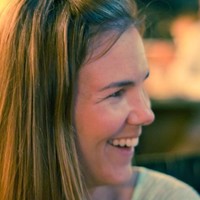
Vanessa Elms is a horticulturist and the owner of Old House Gardens, a business devoted entirely to heirloom bulbs, many available nowhere else, and an international leader in the preservation of these fabulous relics.
3. Spanish Bluebells

The Spanish bluebell, Hyacinthoides hispanica, is considered invasive in the UK, Ireland and the US. While you might think that the lilac or blue flowers are attractive when seen carpeting a woodland or forest floor, this species should be considered a problem plant to avoid growing in any backyard.
Instead, why not consider growing other teal plants that are less vigorous, such as grape hyacinths? One of my favorite varieties is Muscari armeniacum 'Valerie Finnis', which can be grown in the ground or in pots from US hardiness zone 4 plus.
'Valerie Finnis' bulbs are available from Amazon.
4. Wild Garlic

Wild garlic, Allium ursinum, can form extensive, dense carpets in woodland beds and along forest floors. Producing a pleasing aroma, wild garlic is a pleasing sight in the UK during springtime, with many harvesting the foliage to flavor culinary creations.
However, wild garlic can be a nuisance, particularly in damp woodland conditions. It spreads quickly, forming a tight mat along the soil surface and thereby preventing any other perennial bulbs from establishing.
Wild garlic can be a nice addition if you have a large plot of land where you can let it grow freely, yet for smaller yards, I would caution against growing it. So, while it might seem enticing, leave wild garlic to grow in wooded, wild areas, and keep it out of your yard.
Instead, consider growing chives, available from Walmart, for fragrant aromatic herbs that will make for tasty additions to your sensory garden next year.
5. Lily of the valley

Lily of the valley are often thought of as some of the best ground cover plants, producing charming white flowers in the spring. While they are often sold as 'bulbs', lily of the valley is not in fact a true bulb. It is usually grown from pips, which are small offshoots of a rhizome.
While this is a popular woodland plant, in the right conditions, lily of the valley can quickly become invasive. 'I would always advise against growing the straight species of lily of the valley, Convallaria majalis, as it is known to be incredibly invasive in many regions of North America,' says Carolyn Walker, plant expert and owner of Carolyn's Shade Garden nursery. 'There are regions in Maine where it dominates and has killed off all the native plants.'
Instead, Carolyn suggests growing the pink variety, Convallaria majalis var. rosea, which is 'far less vigorous while retaining the classic lily of the valley blooms that are so popular with gardeners.'
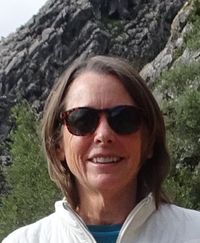
Carolyn is a plant expert and owner of Carolyn’s Shade Gardens, a retail nursery in Bryn Mawr, Pennsylvania. Carolyn grows and gardens in zone 6b/7a and is a shady plant expert.
FAQs
My yard is full of Spanish bluebells - what should I do?
If you have a Spanish bluebell problem, there are strategies you can use to eradicate them. However, patience and perseverance will be needed - getting rid of Spanish bluebells is certainly a challenge. When they are in leaf, during the spring, use a garden spade or fork to lift and remove the foliage, stem and bulbs.
Generally speaking, the bulbs will be in the top of 10-inches of the soil, but take your time to dig around and remove any that you find. While you will not catch every single bulb, you can repeat this process every year, and hopefully their numbers will reduce over time. Get rid of the bulbs in a green waste collection - do not add them to your compost heap.
There are so many bulbs to choose between when you are planning your spring garden displays. If you are anything like me, you can spend far too long gazing at lovely images of pretty bulbous plants online and in magazines. Whatever you decide on, always remember to plant what is suitable for your region, and avoid any species that are considered invasive in your region.
For more bulb inspiration, considering learning how to grow snakes head fritillaries, for a bulb that has detailed, checkerboard flower petals.
Sign up to the Homes & Gardens newsletter
Design expertise in your inbox – from inspiring decorating ideas and beautiful celebrity homes to practical gardening advice and shopping round-ups.

Thomas is a Content Editor within the Gardens Team at Homes and Gardens. He has worked as a professional gardener for both public spaces and private estates, specializing in productive gardening, growing food and flowers. Trained in Horticulture at the Garden Museum, he has written on gardening and garden history for various publications, including The English Garden, Gardens Illustrated, Hortus, The London Gardener and Bloom. He has co-authored a Lonely Planet travel book, The Tree Atlas, due out in 2024.
-
 Extend the lifespan of your appliance with 5 simple but crucial washing machine maintenance tips
Extend the lifespan of your appliance with 5 simple but crucial washing machine maintenance tipsFrom cleaning the filters to keeping the door open, experts reveal the washer tips they swear by
By Andy van Terheyden Published
-
 These are the 6 must-have colors to decorate with in April 2025
These are the 6 must-have colors to decorate with in April 2025What do retro-inspired yellows and beautiful blues all have in common? They're on our hot list for the season ahead
By Sophia Pouget de St Victor Published
-
 How to grow astilbe – expert advice on cultivating this shade-tolerant flowering perennial
How to grow astilbe – expert advice on cultivating this shade-tolerant flowering perennialShade-tolerant and pest-resistant - astilbe are hardy and tough perennials that can thrive in many settings
By Ellen Wells Published
-
 7 native perennials to plant in April – for glorious flowering displays to attract bees, butterflies, and hummingbirds
7 native perennials to plant in April – for glorious flowering displays to attract bees, butterflies, and hummingbirdsDiscover some of the best perennials to plant in April to make your garden a hotspot for wildlife
By Drew Swainston Published
-
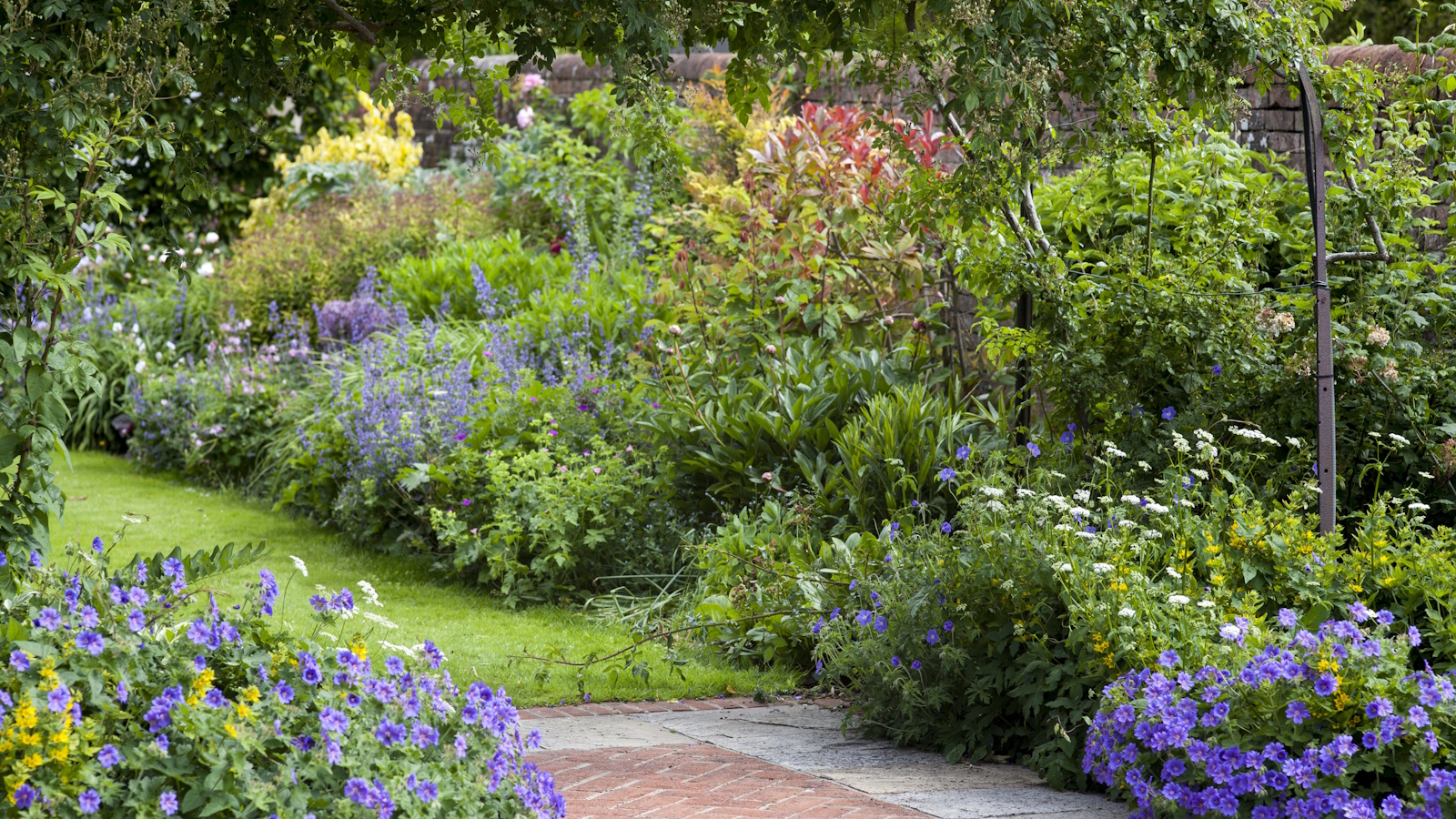 Is the viral salt hack the secret to a weed-free patio? A garden expert warns of irreparable, long-term damage – plus reveals the safest way to get results
Is the viral salt hack the secret to a weed-free patio? A garden expert warns of irreparable, long-term damage – plus reveals the safest way to get resultsYou might have seen gardeners on TikTok or Instagram using salt to kill weeds in pavers, but this hack should be avoided at all costs
By Thomas Rutter Published
-
 Worst-smelling plants to avoid – experts reveal 5 pungent species and suggest perfumed options to grow instead
Worst-smelling plants to avoid – experts reveal 5 pungent species and suggest perfumed options to grow insteadThese are some of the worst-smelling plants that can cause quite a stink
By Thomas Rutter Published
-
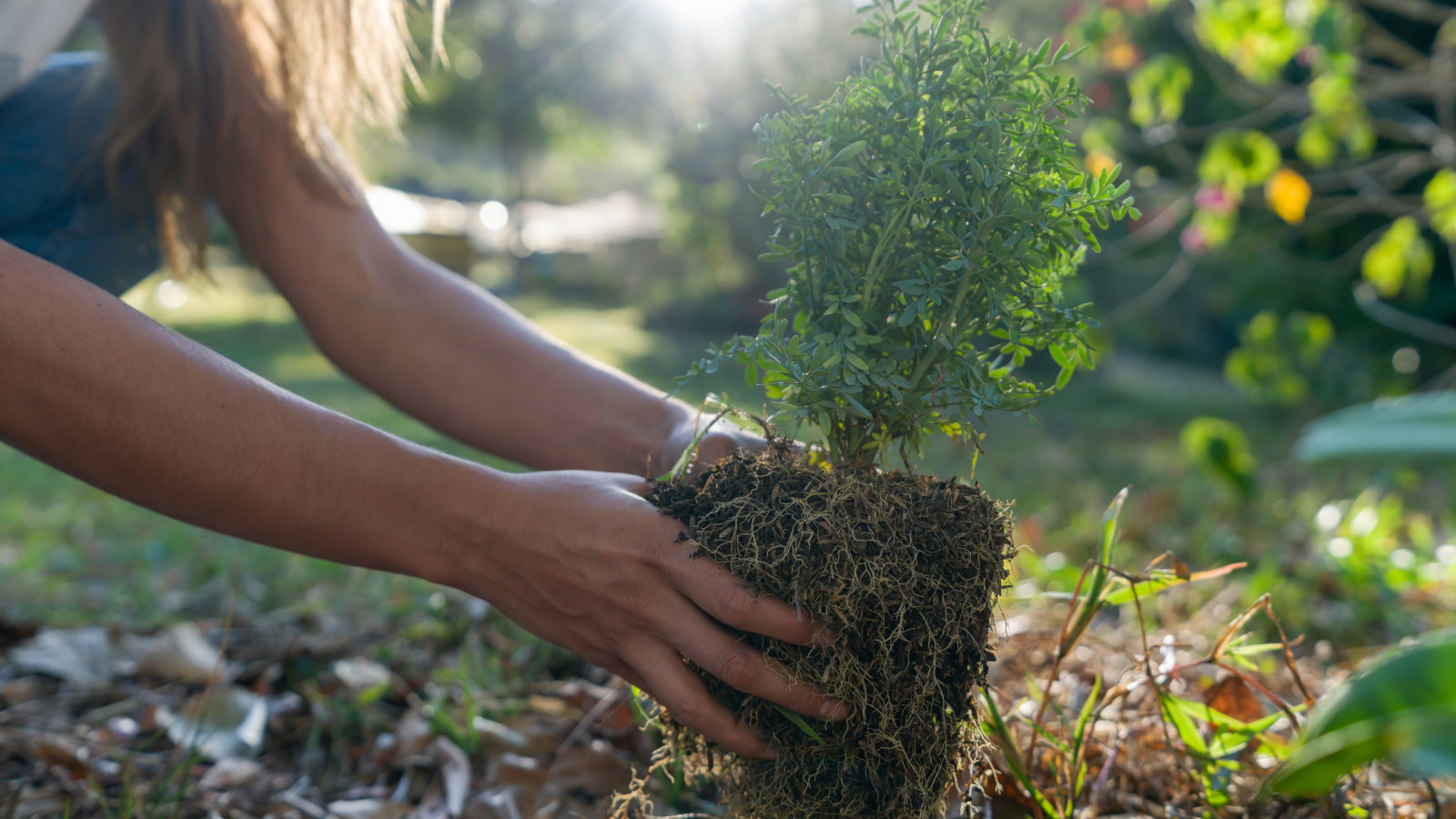 7 shrubs to plant in April to transform beds and borders – including native plants and bushes suitable for dry or wet spots
7 shrubs to plant in April to transform beds and borders – including native plants and bushes suitable for dry or wet spotsThese shrubs can bring flowers, texture, and fragrance, as well as attracting beneficial insects and birds
By Drew Swainston Published
-
 How to fertilize magnolias – garden experts reveal the secrets to better blooming, and timing is critical
How to fertilize magnolias – garden experts reveal the secrets to better blooming, and timing is criticalMagnolias are famed for their spring flowers, and feeding at the right time can give trees a boost
By Thomas Rutter Published
-
 How to revive old rhododendron plants – pruning advice from a professional gardener to save your struggling shrubs
How to revive old rhododendron plants – pruning advice from a professional gardener to save your struggling shrubsWith the right pruning approach, you can rejuvenate old and woody rhododendrons
By Thomas Rutter Published
-
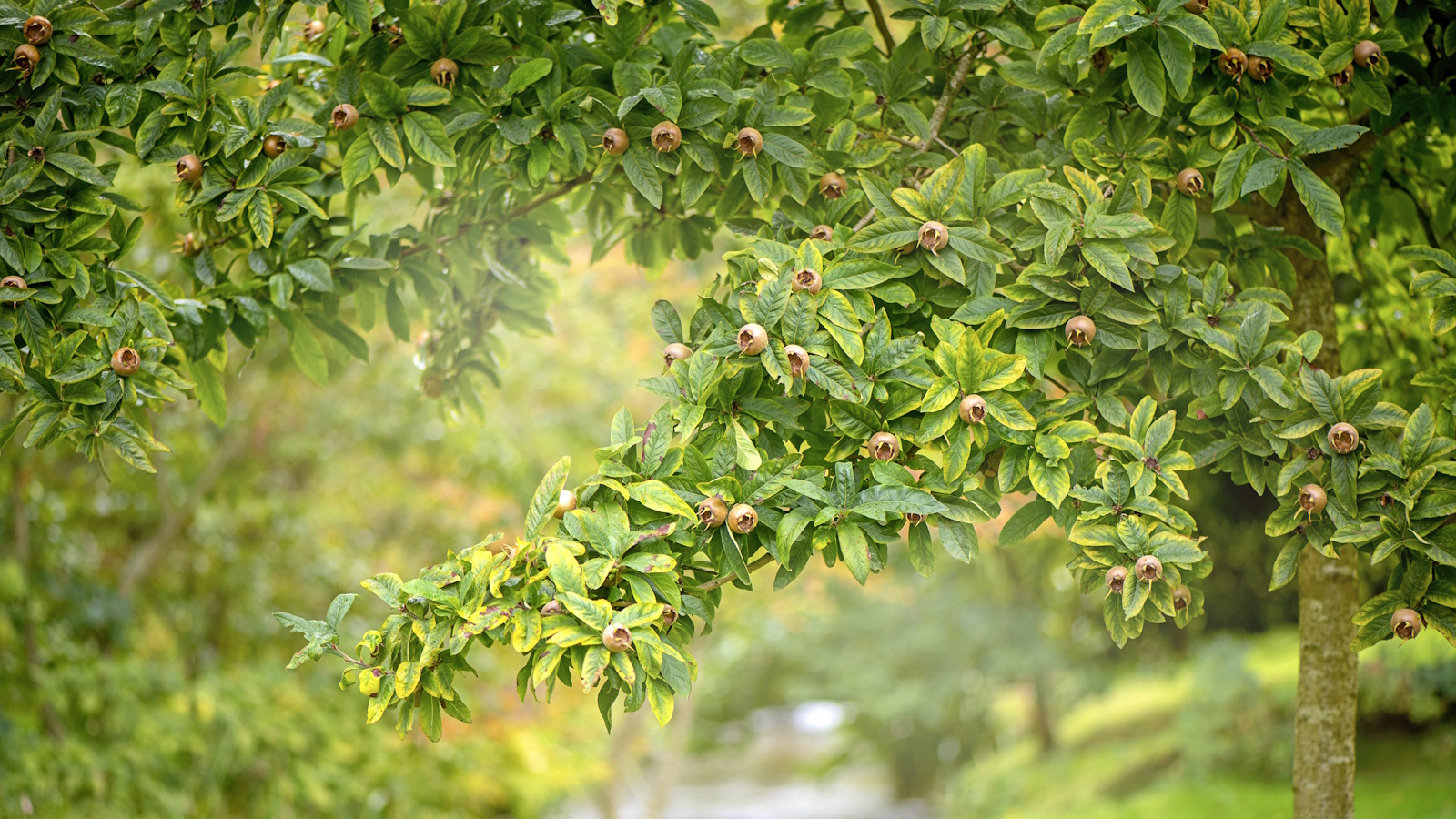 How to grow medlar trees – to enjoy a harvest of unusual fruits from this forgotten heritage species
How to grow medlar trees – to enjoy a harvest of unusual fruits from this forgotten heritage speciesMedlar fruits were once a popular delicacy, yet today, they are a rare find
By Thomas Rutter Published

